Recently, as the F1 2024 season concluded at the Abu Dhabi Grand Prix, Norris crossed the finish line first, securing the team championship for McLaren.
After 26 years, McLaren finally lifted the trophy again.
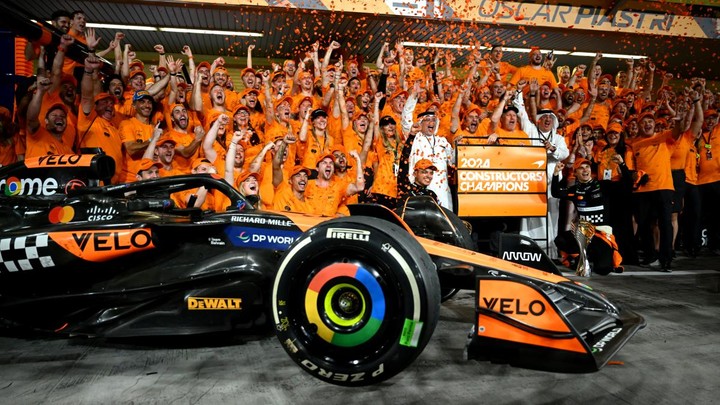
However, fate seems to always mix a hint of bitterness with joy. While the racing division basks in victory’s glow, McLaren’s supercar business faces challenges, forcing another change in ownership—
Abu Dhabi investment company CYVN Holdings has reached an agreement with Bahrain’s sovereign wealth fund Mumtalakat Holding Company to acquire McLaren’s automotive business and a non-controlling stake in McLaren Racing.
Before this milestone event, CYVN and Mumtalakat had begun partnership discussions in October. CYVN stated that beyond financial investment, they could bring more advanced engineering technology to McLaren, especially in the electric vehicle sector.
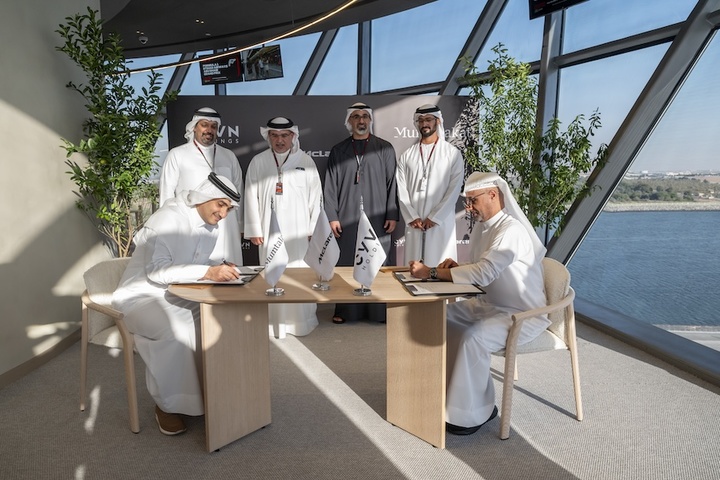
Interestingly, CYVN is currently NIO’s largest shareholder, having invested $3.3 billion in NIO twice in 2023, acquiring a 20.1% stake. Through cooperation with CYVN, NIO successfully entered the Middle East and North African markets. Additionally, the partners plan to build a high-end R&D center focused on intelligent driving and artificial intelligence in Abu Dhabi.
On one side stands the symbol of pure electric power, on the other the legacy of ultra-luxury supercars – the “oil money” players are calculating their moves carefully.
McLaren’s Past Prosperity
While McLaren is a legendary brand, for a long time, they weren’t focused on making money. For them, racing seemed to be the only serious business.
This attitude naturally came from the founder. Bruce McLaren, McLaren’s founder, wasn’t just an excellent engineer but also an outstanding race car driver. Like Lotus, McLaren’s team achieved brilliant results in F1 racing from 1960 to 1970, creating the legend of “racing god” Senna.
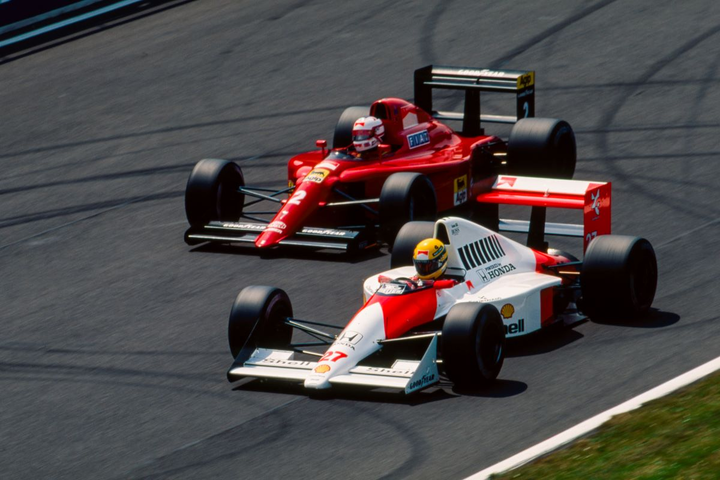
▲ The red and white MP4/5B race car
However, despite McLaren’s huge success in racing, they delayed mass production in the consumer market until 2011.
That year marked a memorable moment for McLaren as they officially became an independent supercar manufacturer, with their first product being the McLaren MP4-12C, incorporating numerous F1 technologies.
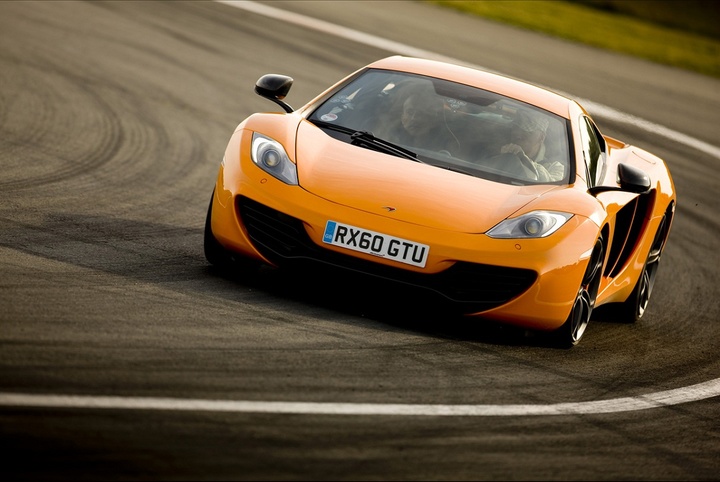
▲ McLaren MP4-12C
As McLaren’s key model for returning to the consumer market, the MP4-12C not only featured rare carbon fiber monocoque technology in its price range but also offered good value for money. Yes, “value for money” can be found even in ultra-luxury brands. Compared to competitors like the Ferrari 458 and Lamborghini LP570-4, the MP4-12C had a lower starting price of 3.38 million RMB.
In three years, McLaren produced about 3,500 MP4-12Cs, enhancing the brand’s market recognition while providing necessary financial support for subsequent model development and production.
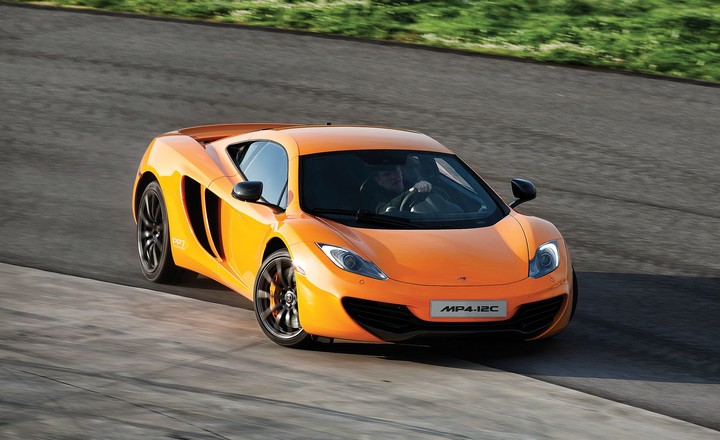
▲ McLaren MP4-12C
Though McLaren isn’t a public company with detailed financial data, official figures show that after the MP4-12C’s launch, McLaren achieved profits for three consecutive years. In 2015, operating revenue reached £450 million, with a market value estimated at £1.65 billion based on price-to-sales valuation.
Having tasted commercial success, McLaren naturally wanted to replicate the “MP4-12C” formula. Thus, in 2015, the McLaren 570S was born.
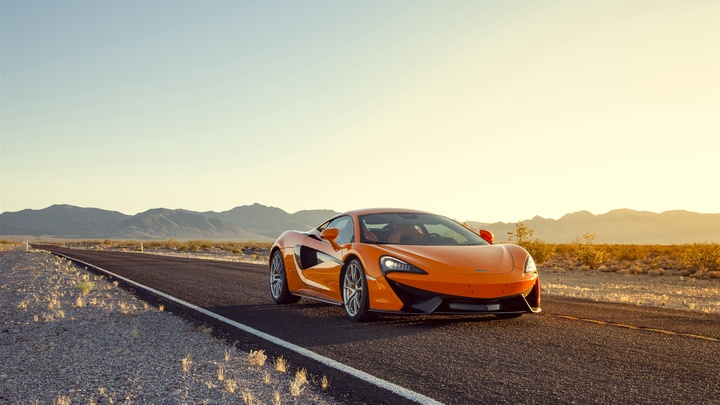
▲ McLaren 570S
The McLaren 570S can be seen as the MP4-12C’s successor, taking the “value for money” approach further with a starting price in China of just 2.556 million RMB, while offering improved performance.
More importantly, the McLaren 570S adopted a new family design style, inheriting the flagship P1’s signature crescent-shaped lights, essentially becoming a “mini P1.” Who doesn’t love getting more for less?
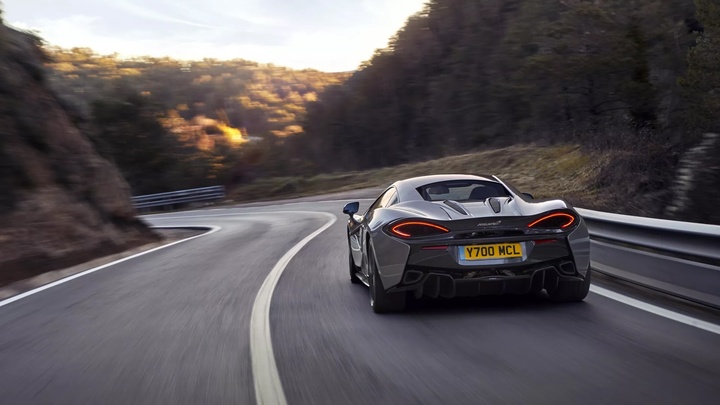
▲ McLaren 570S
Sometimes nesting dolls aren’t a bad thing – customers genuinely appreciated it. The 570S and subsequent 720S brought McLaren significant global sales growth, especially in the Chinese market, where sales soared 122.5% year-over-year.
McLaren’s upward momentum continued until 2019, when they delivered 4,806 new cars globally, up 43.9% year-over-year, setting another historical record. Meanwhile, although McLaren’s F1 team was still in the “midfield,” their first-half revenue increased by 9.2% to about 670 million RMB.
Things looked great on the surface, but McLaren had already planted a time bomb in their books.
Cash-Strapped McLaren: Selling Property, Cars, and Building SUVs
Unlike other supercar brands, McLaren lacks the financial backing of a large automotive group, such as Ferrari with Fiat or Lamborghini with Volkswagen. Going solo means lower risk resistance.
When the pandemic hit in late 2019, McLaren quickly found itself in dire straits without backing. Affected by supply chain issues, McLaren sold only 307 vehicles in Q1 2020, down from 953 in the previous year; company revenue plummeted from £284 million to £109 million.
McLaren responded swiftly, announcing 1,200 layoffs, about 25% of their workforce. Their F1 team also cut 70 related positions.
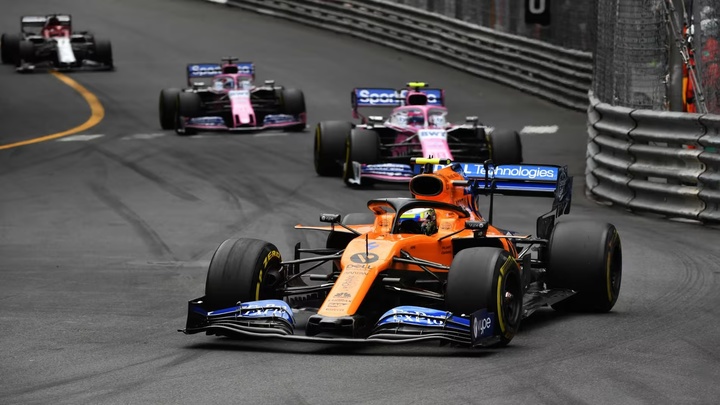
▲ The orange and blue MCL34 race car
“Racing division revenue decreased by £4.4 million compared to Q1 2019 due to reduced prize money as the Formula One season hadn’t started,” McLaren revealed their predicament at a press conference. Data shows that in 2020, McLaren F1 team’s revenue accounted for only 10.9% of McLaren Group’s total revenue.
In their main business – car sales – both the 570S and 720S were entering their final lifecycle phases. The former had fallen behind contemporaries like the Ferrari F8 Tributo and Lamborghini Huracán in performance, while the latter stopped production due to supply chain issues with no successor model ready.
With racing not profitable and car sales losing money, what could they do?
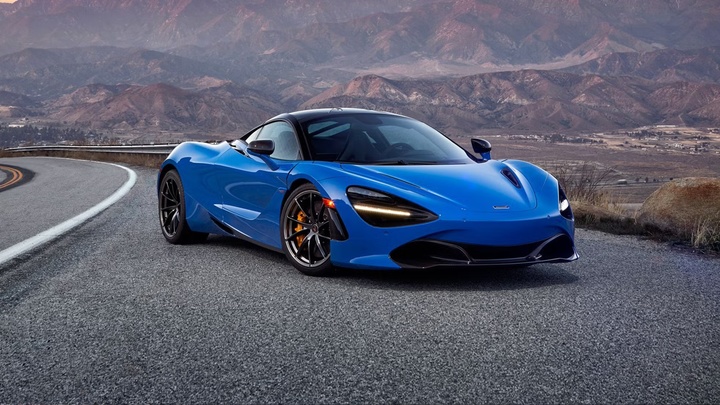
▲ McLaren 720S
McLaren first turned to their home country. As Britain’s pride, they applied for a £150 million loan from the UK government. The government, seeing their precarious state, worried the money might not return and rejected the application. McLaren then looked to their major shareholder – Bahrain’s Mumtalakat Holding Company.
In July 2020, McLaren announced securing a £150 million loan from the National Bank of Bahrain (NBB). This loan was mainly “internal blood transfusion” from major shareholder Mumtalakat, who held 56% of McLaren’s shares and 44.06% of NBB’s shares.
Moreover, after getting the money, McLaren made a jaw-dropping move – selling their building.
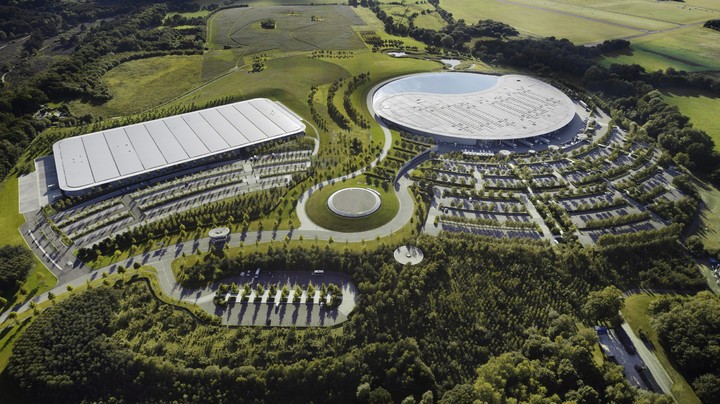
In September 2020, then-McLaren CEO Zak Brown confirmed that McLaren Group would sell their iconic Technology Centre (MTC) in Woking, UK, for £170 million and continue using it through long-term leaseback. Brown saw this as a necessary financial restructuring measure.
“Most companies in the world don’t actually own the real estate they occupy. We had a lot of capital tied up in that building, which isn’t a very efficient use of funds.”
Along with selling the building, McLaren also sold some classic race cars inside to shareholders, generating another £100 million in liquid funds.
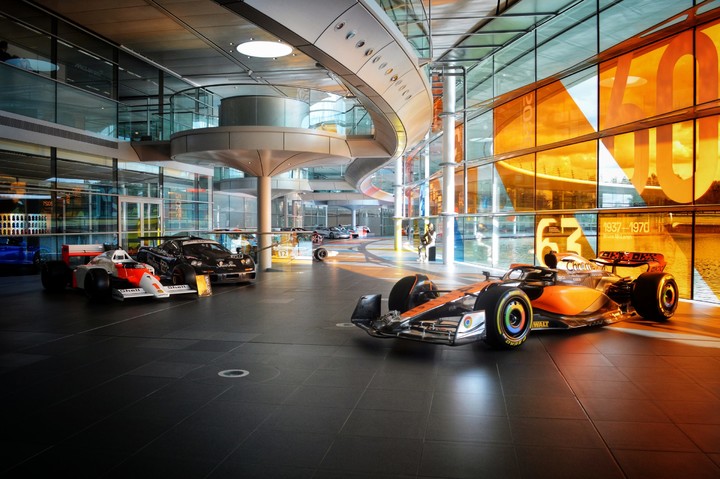
After selling their headquarters and car collection, McLaren temporarily stabilized their situation. Then they began addressing another problem: the development of successor models for the 520S and 720S had been delayed due to lack of funds…
Lost money could be borrowed, but making up for lost development time would require even more money. And McLaren had no more money.
Finally, after a year’s delay, McLaren officially launched the Artura in 2021 as the 520S’s successor – a supercar that fell behind its contemporary competitors in all aspects.
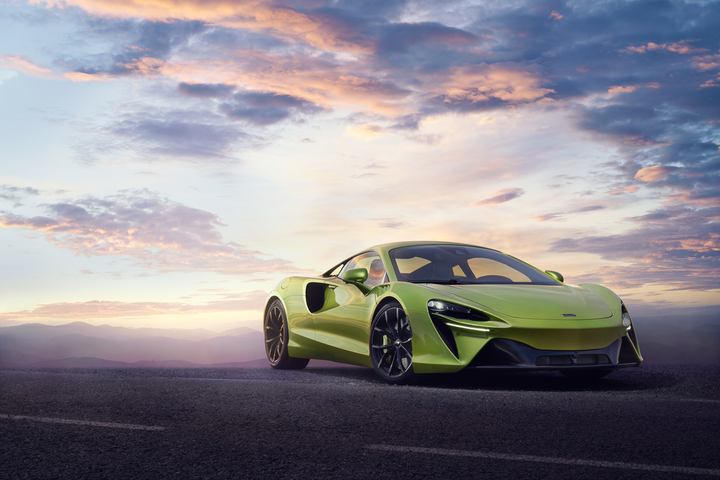
▲ McLaren Artura
In 2022, former Ferrari Chief Technology Officer Michael Leiters became McLaren Automotive CEO. Upon taking office, he directly stated that the company had launched “immature products” before his arrival. To turn things around, Leiters proposed two main solutions. First, he drew from his Ferrari experience – reducing production.
Although McLaren’s global sales in 2023 were only 2,137 units, Leiters still believed further production cuts were needed to maintain high residual values. He pointed out that Ferrari achieved excellent market performance through this strategy.
The other solution he brought from Ferrari was expanding the product line – in other words, building SUVs.
Interestingly, Ferrari’s Purosangue was completed under Leiters’ leadership, and before joining Ferrari, he managed the Cayenne project at Porsche. Indeed, SUVs seem to be the only way out for supercar manufacturers.
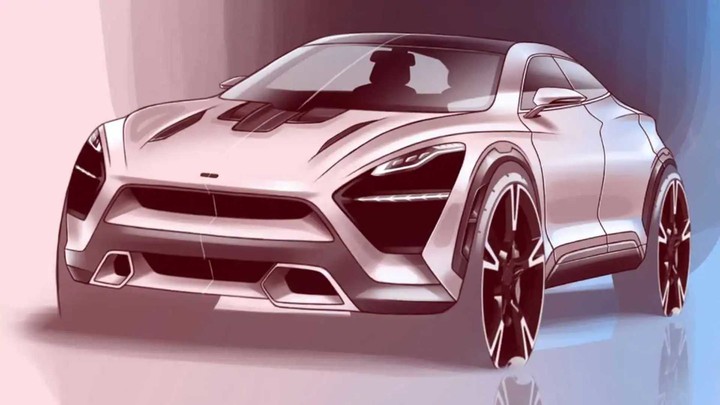
▲ McLaren SUV concept rendering
In June this year, Leiters said in an interview that McLaren’s SUV would be a performance vehicle, likely adopting a plug-in hybrid system. He also mentioned that McLaren might seek technical cooperation in developing this SUV. McLaren Automotive’s Global Communications Director Piers Scott has suggested that “BMW might be an option.”
In fact, McLaren has frequently used BMW powertrains over the years. The McLaren F1 supercar from last century used a BMW-developed 6.1L V12 engine, and the current Artura uses BMW-supplied power batteries.
Moreover, unlike other ultra-luxury brands’ hesitation in electrification, McLaren under Leiters has shown great interest in it. Expanding into the electric ultra-luxury sector might be the “oil money” players’ purpose in buying McLaren.